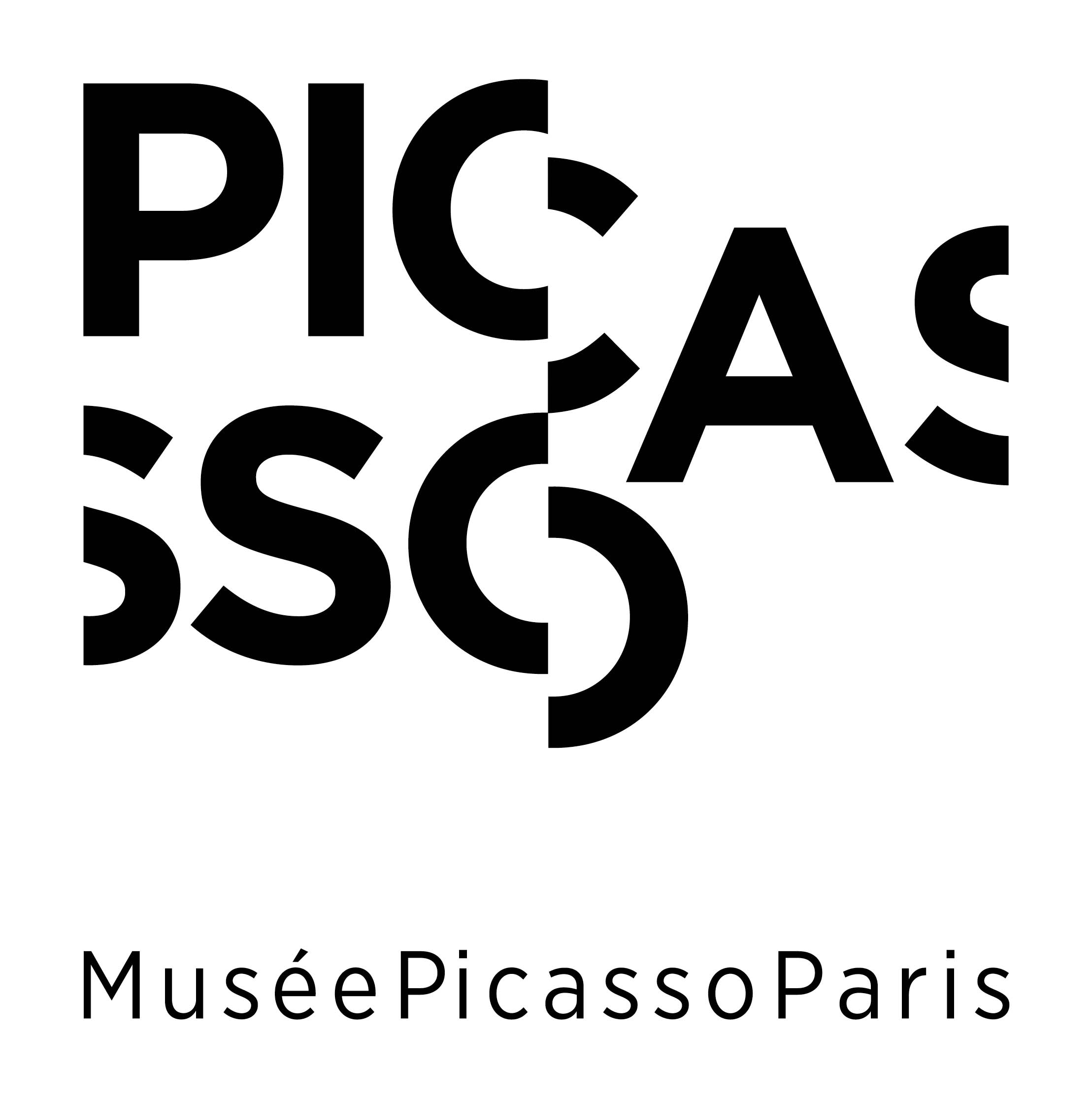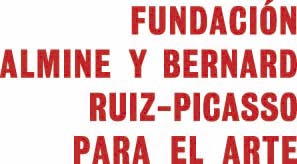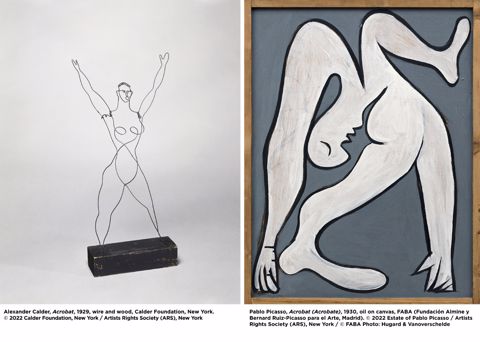“Calder-Picasso” opens in October 2021 at Museum of Fine Arts, Houston
Exhibition explores the artistic synergy between two 20th-century icons
HOUSTON—July 21, 2021—Alexander Calder and Pablo Picasso, seminal figures of 20th-century art, both ceaselessly challenged orthodox concepts about form, line, and space. The international touring exhibition Calder-Picasso presents a fascinating encounter between them, conceived by the artists’ grandsons, Alexander S. C. Rower and Bernard Ruiz-Picasso.
The exhibition explores the artists’ prolific affinities through 80 works, integrating Calder’s paintings, drawings, and revolutionary mobiles and stabiles with Picasso’s radically inventive work in all media. Central to the many resonances is their shared conceptual interrogation of the void, or absence of space.
Calder-Picasso will be on view in Houston from October 31, 2021, through January 30, 2022, following presentations at the de Young museum in San Francisco and the High Museum of Art in Atlanta.
Organized in partnership with the Calder Foundation, New York; Musée national Picasso-Paris (MNPP); and Fundación Almine y Bernard Ruiz-Picasso para el Arte (FABA), Calder-Picasso premiered at the MNPP in February 2019 before traveling to the Museo Picasso Málaga.
“I am enormously pleased to bring this acclaimed exhibition to the U.S., through our partners at the Calder Foundation and FABA and the Picasso museums in Málaga and Paris,” said Gary Tinterow, Director, the Margaret Alek Williams Chair, MFAH. “The exhibition will be especially meaningful in Houston and at the MFAH. From director James Johnson Sweeney to patrons Ima Hogg, Sarah Campbell Blaffer, and Caroline Wiess Law, the Museum’s early champions of Modernism made it possible for significant pieces by both artists to enter the collection in the 1950s and 1960s.”
“The stunning visual juxtapositions that this exhibition brings together are provocative, unpredictable, and dynamic,” said Ann Dumas, the Museum’s consulting curator of European art. “They tell us much about the correspondence between these two great artists, as well as what makes them distinctive, allowing us to understand their process and unique innovations in a fresh, new light.”
Calder and Picasso
American Alexander Calder (1898–1976) and Spaniard Pablo Picasso (1881–1973) were both born in the late 19th century to fathers who were classically trained artists. Both headed for Paris as young artists; Picasso in 1900 and Calder in 1926. Though their lives and work shared many parallels, the two men were not close; known documentation shows them meeting on only four occasions. Their initial encounter happened in April 1931, when Calder presented his first exhibition of non-objective sculptures at Galerie Percier in Paris. Picasso arrived before the opening to introduce himself and spend time with Calder’s radical works. Their paths crossed again in July 1937 at the Spanish Pavilion of the Exposition Internationale in Paris, where Calder’s Mercury Fountain was installed in front of Picasso’s Guernica. They met again in Antibes in 1952 and Vallauris in 1953, after they had become celebrities and referents for their generation. By then, both had been recognized with retrospectives at the Museum of Modern Art in New York—Picasso in 1940 and Calder in 1943. Their work was also shown at the 1953 São Paulo Biennial, and both artists undertook commissions for UNESCO in 1958.
The Void and Non-Space
Calder and Picasso were both engaged by the relationship of volume to space. Calder explored the absence of mass in his sculptures, while Picasso expressed contortions of time in his figurative work.
Calder’s genius lies in his total recasting of the notion of sculpture. His figurative wire sculptures—defined by critics in 1929 as “drawings in space”—delineate transparent silhouettes, echoed by the shadows they project. In his abstract mobiles, Calder introduced the fourth dimension of time into traditional three-dimensional space. The mobiles are infinitely variable, blurring the boundaries between painting, sculpture, and choreography as they reset the traditional relationship between volume and void.
Picasso personalized his exploration of non-space, focusing on the emotional inner-self and collapsing the interpersonal space between painter and subject. His expressions of the void suggest a creative urgency, highly aware of mortality.
Both artists also pursued simplification to arrive at the essence of a subject. As Picasso simplified or purified the solidity of a figure, he gained access to its truth.
Publication
The exhibition will be accompanied by a fully illustrated catalogue, Calder-Picasso, authored by Alexander S. C. Rower, president of the Calder Foundation; Bernard Ruiz-Picasso, co-founder and co-president of the Fundación Almine y Bernard Ruiz-Picasso Para El Arte (FABA); Laurent Le Bon, president of the Musée national Picasso, Paris; Claire Garnier, curator and collections director at the Musée national Picasso, Paris; and Émilia Philippot, curator at the Musée national Picasso, Paris. Additional authors include Donatien Grau, Jed Perl, Jordana Mendelson, Estrella de Diego, and Chus Martinez. It was published by Editions Skira Paris.
Organization & Funding
Calder-Picasso is organized by the Museum of Fine Arts, Houston, in partnership with the Calder Foundation, New York; Musée National Picasso-Paris (MNPP); and the Fundación Almine y Bernard Ruiz-Picasso para el Arte (FABA).



This exhibition is supported by an indemnity from the Federal Council on the Arts and the Humanities.
This exhibition is made possible in part by a grant from:
Major support provided by:
Bobbie Nau
Additional generous support provided by:
M.D. Anderson Foundation
PHILLIPS
Giorgio Armani Corporation
Sara Paschall Dodd and William S. Denton, III
Virginia and Lee Lahourcade
John and Kathy Orton
Minnette Robinson
About the Museum of Fine Arts, Houston
Established in 1900, the Museum of Fine Arts, Houston, is among the 10 largest art museums in the United States, with an encyclopedic collection of nearly 70,000 works dating from antiquity to the present. The Museum’s Susan and Fayez S. Sarofim main campus comprises the Audrey Jones Beck Building, designed by Rafael Moneo and opened in 2000; the Caroline Wiess Law Building, originally designed by William Ward Watkin, with extensions by Ludwig Mies van der Rohe completed in 1958 and 1974; the Lillie and Hugh Roy Cullen Sculpture Garden, designed by Isamu Noguchi and opened in 1986; the Glassell School of Art, designed by Steven Holl Architects and opened in 2018; The Brown Foundation, Inc. Plaza, designed by Deborah Nevins & Associates and opened in 2018; and the Nancy and Rich Kinder Building, also by Steven Holl Architects, opened in 2020. Additional spaces include a repertory cinema, two libraries, public archives, and facilities for conservation and storage. Nearby, two house museums—Bayou Bend Collection and Gardens, and Rienzi—present American and European decorative arts. The MFAH is also home to the International Center for the Arts of the Americas (ICAA), a leading research institute for 20th-century Latin American and Latino art. mfah.org
Media Contact
Melanie Fahey, publicist
mfahey@mfah.org | 713.800.5345

